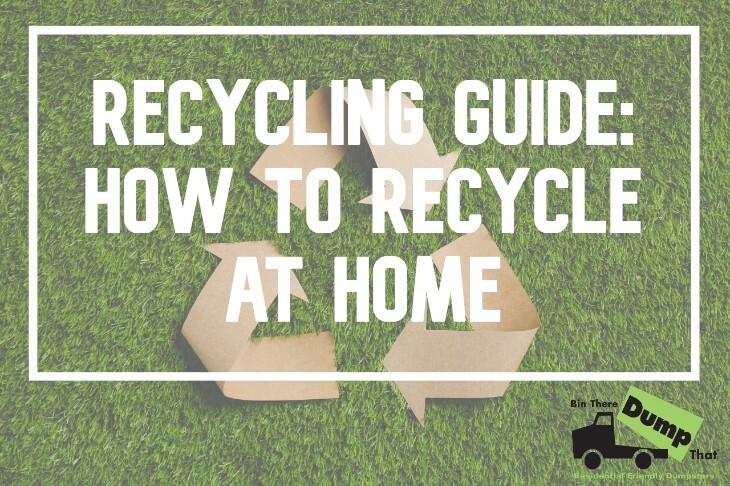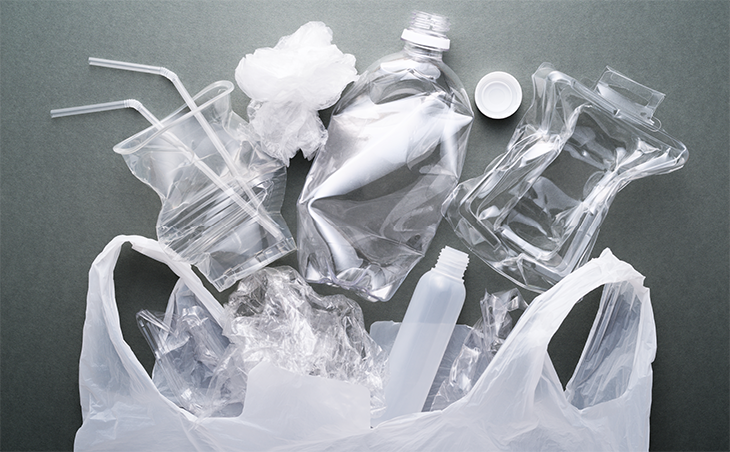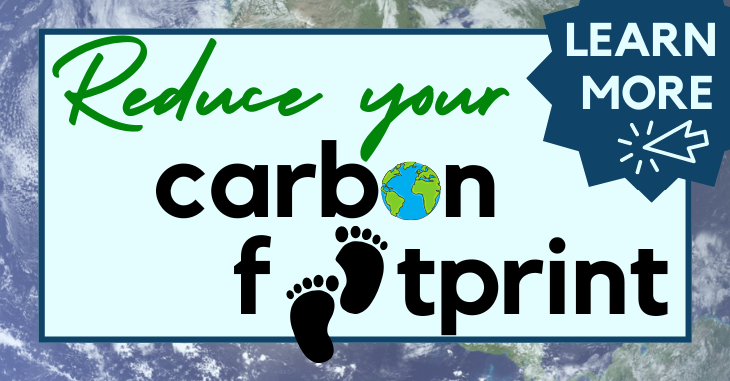
Recycling Guide: How to Recycle At Home The Right Way
Recycling may seem like a straightforward task, but it probably isn’t as simple as appears at first glance. There’s definitely a right way to recycle and a wrong way. If it isn’t done right, all of our efforts at recycling are wasted.
As discouraging as this may sound, it doesn’t have to be. With a little extra care we can all do our part to be part of the recycling solution. We’re going to take a closer look at how to recycle at home the right way.
What Goes Into The Recycling Bin?
There are a number of common household items that can and should go in the recycle bin. These include:
- Cardboard
- Paper
- Plastic
- Glass
- Metal
What Cannot Be Recycled?
Many things we think are recyclable actually aren’t. Those single use food containers and that disposable coffee container from the local coffee shop are great examples. In general, anything that is made of recyclable materials, but is contaminated with organic waste should not go in your regular recycle containers either.
If you rinse and dry the container, however, you can definietly put it in the recycling bin. The extra 30 seconds it takes to clean the container before tossing it into the recycling bin is worth it for a sustainable lifestyle.

What Happens if I Put Non Recyclables in The Recycling?
When non recyclables are placed in a recycling container that whole container is now contaminated. It has to be separated at the local recycling center and disposed of as trash at the landfill. This can be time consuming, expensive and entirely avoidable with extra care at home. The EPA reports that up to 25% of all recycling is contaminated.
Cardboard and Paper Recycling
North American Households go through a huge amount of paper and cardboard every single year. The average office worker in the US uses 10,000 sheets of paper each year. Much of our food packaging, take out containers and product packaging involves cardboard in some form or another. Almost all of it is recyclable, but there are a few things to keep in mind:
- Make sure all food containers such as pizza boxes are largely food free
- Take a few moments to rinse and dry off any food or drink left in a container before recycling
- Do not include coated cardboard such as coffee cups in your paper and cardboard recycling bin
- Tear down and flatten large boxes before disposal
- Consider reusing useful boxes around the home as storage containers
Plastics for the Recycling Bin Are Not So Straight Forward
Recycling plastic just might be one of the most complicated tasks when recycling at home. That’s because there are dozens of different types of plastic. Try flipping over that pop bottle you just finished and look for the triangle arrow symbol. It should have a number between 1 and 7 which indicates what type of plastic it is and how hard it is to recycle.
As a rule, items numbered between 1 and 3 are fairly easy to recycle. If you’re not sure, contact your local recycle drop off for clarification. Also, single use plastic and small pieces of plastic should go in the trash along with those single use plastic bags.
Even if your plastic is recyclable you need to make sure it’s clean of food waste before it goes in the recycling bin. Plastics that arrive at the sorting facility full of food get sent to the landfill — they are not recycled.

Handle With Care When Recycling Glass
If you’re wondering what goes in the recycle bin when it comes to glass the simple answer is everything. Anything made of 100% glass is absolutely recyclable as long as it isn’t broken. Broken glass can pose a hazard to the sorters at the recycling facility
When you recycle glass it keeps it out of the landfill. Glass takes up a lot of room and we are rapidly running out of room in our landfills. Anything we can recycle we should. If you can reuse glass items around the home even better.
The Simplest Way to Recycle Wood
Wood in its pure form is definitely recyclable. It can be reused in a variety of different applications such as wood chips for your garden, for use in wood veneer products and in various construction related materials. There are plenty of people looking to reuse wood for their own projects, which makes wood an easy material to recycle.
You do have to be careful with wood though. Chemically treated wood, painted wood or wood covered in organic material should not be recycled.
The Value in Recycling Metal
Metals are highly valuable and are easily recyclable. That’s why that old washing machine you put out at the curb is usually gone by the next day. Scrap metal dealers are always on the lookout for free scrap metal they can resell for reuse at a profit.
Almost any type of household metal is recyclable, from that can of beans to that used pop can. This includes steel, iron, aluminum and copper.
If you have a large amount of scrap metal to get rid of you can usually find plenty of scrap dealers willing to come to your home and pick them up. You can also drop them off directly if you prefer. Small items, such as pop cans, can go in your recycling bin for curbside pick up.
Many cities offer a metal recycling service, so it's always imporant to inquire with your city before you continue tossing your old cans in the trash.

Recycling Clothing and Textiles
Clothing and textiles can be recycled, but they do require some special care. They often contain chemical treatments that can pose a risk to the environment if sent directly to the landfill. This situation is even worse when synthetic clothing is involved.
Of course the best solution for getting rid of old clothing, towels and bedding is to donate them to a charitable organization (like Goodwill), friend, neighbor or family member. There’s always people that can use those items you no longer need.
Electronics and Battery Recycling
We can’t forget about electronics and batteries. They’re everywhere in the modern home and getting rid of them can be difficult. This includes kitchen appliances, cell phones, computers, tv’s, remote controls, toys and even that old toaster. Not to mention the batteries that make many of these items work.
With electronics you may be able to find local school programs that are looking for donations for their tech classes. If not you’ll need to find the closest drop off location to take your used items. They should not go into the regular trash due to the chemical components inside them and they can’t be included in your curbside recycling bin. The Environmental Protection Agency has resourcs for recycling electronics that you may find useful.
Recycling can be overwhelming with all the technicalities and specifcs for each material, but in the long run it's always worth working towards a more sustainable future.
Related Blog Posts
- Revive Your Home for Spring with This Spring Home Maintenance Checklist
- 10 New Home Trends That Will Make Your Friends Jealous
- How Our Dumpsters Support Realtors and Property Managers: A Comprehensive Guide
- 12 Jaw-Dropping Clutter Statistics That Will Make You Want to Declutter Today!
- Unlocking Space: The Complete Guide on Pocket Door Installation
- Step by Step Guide on How to Install Carpet Like a Pro



